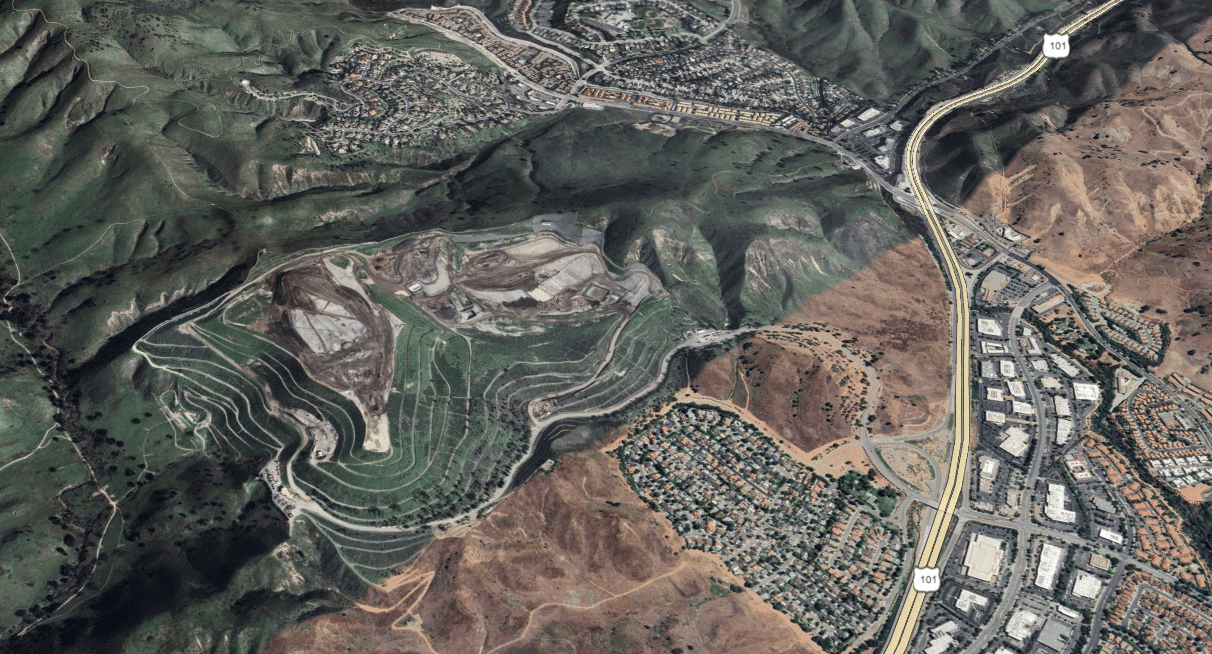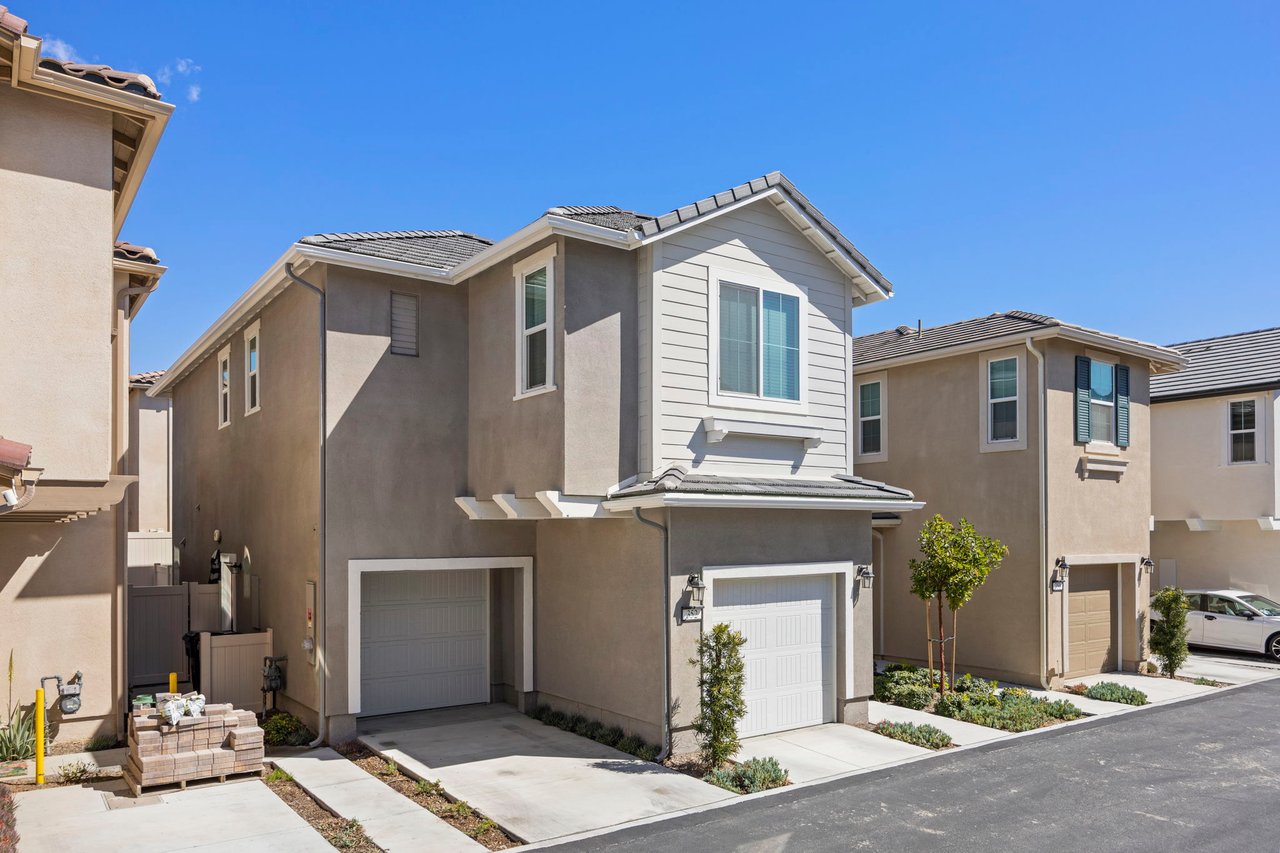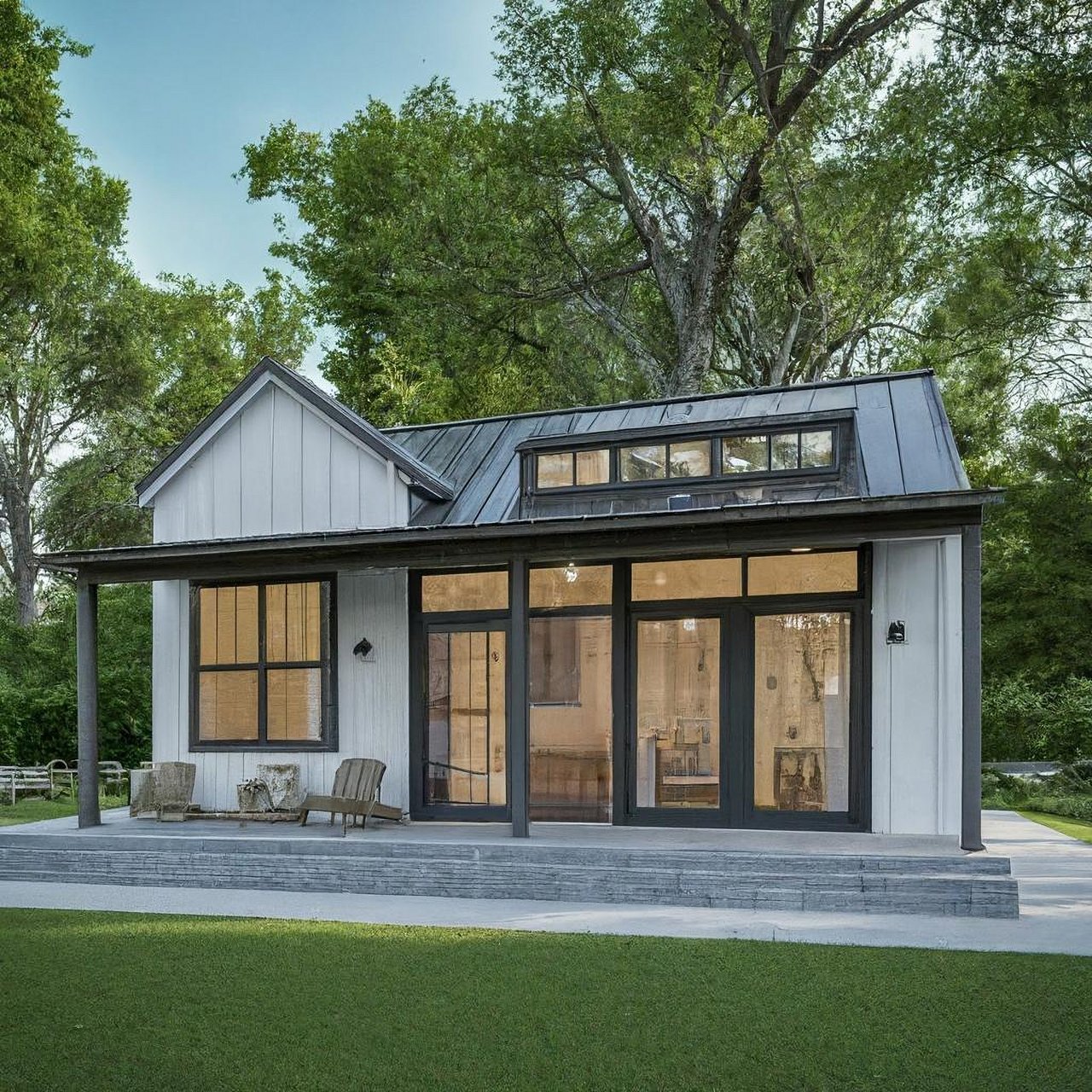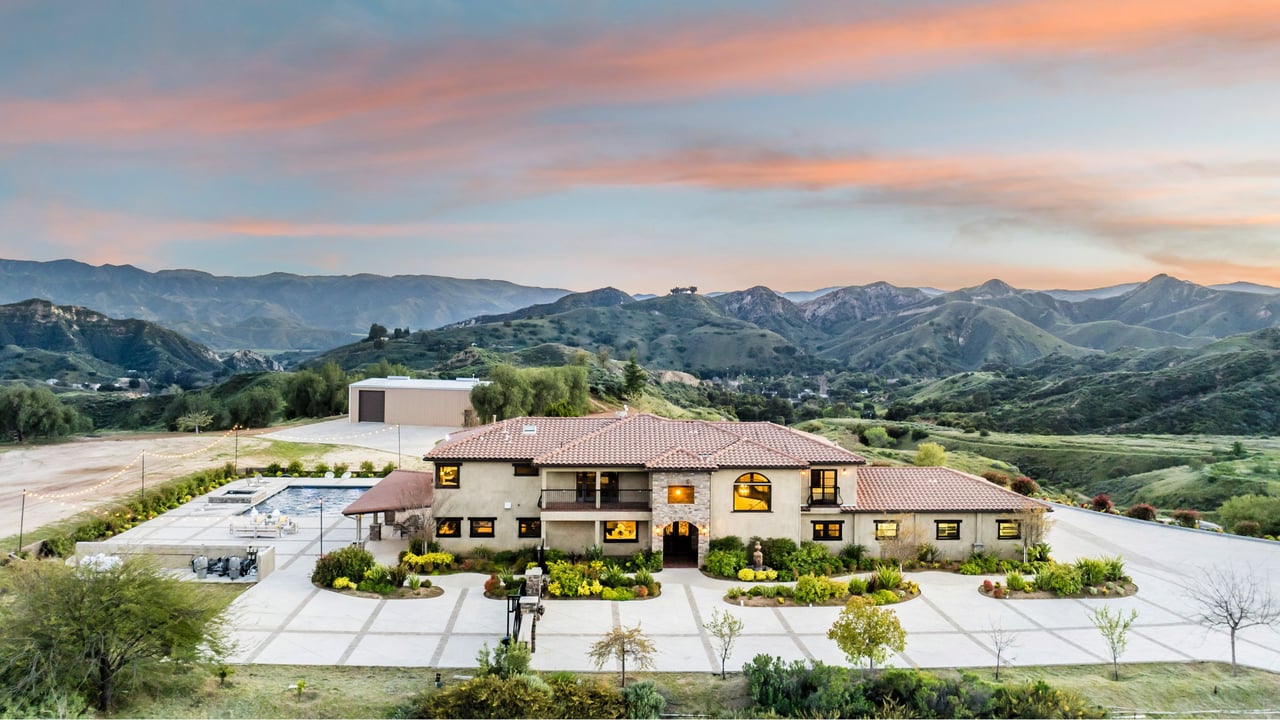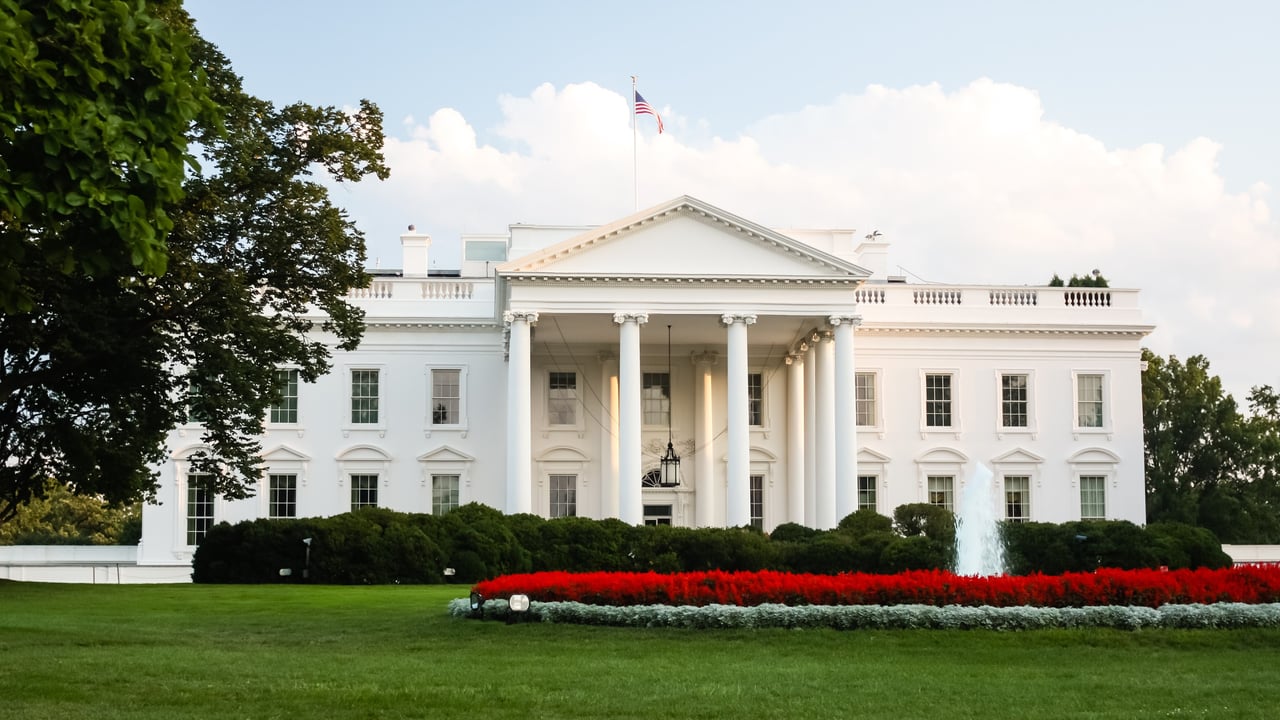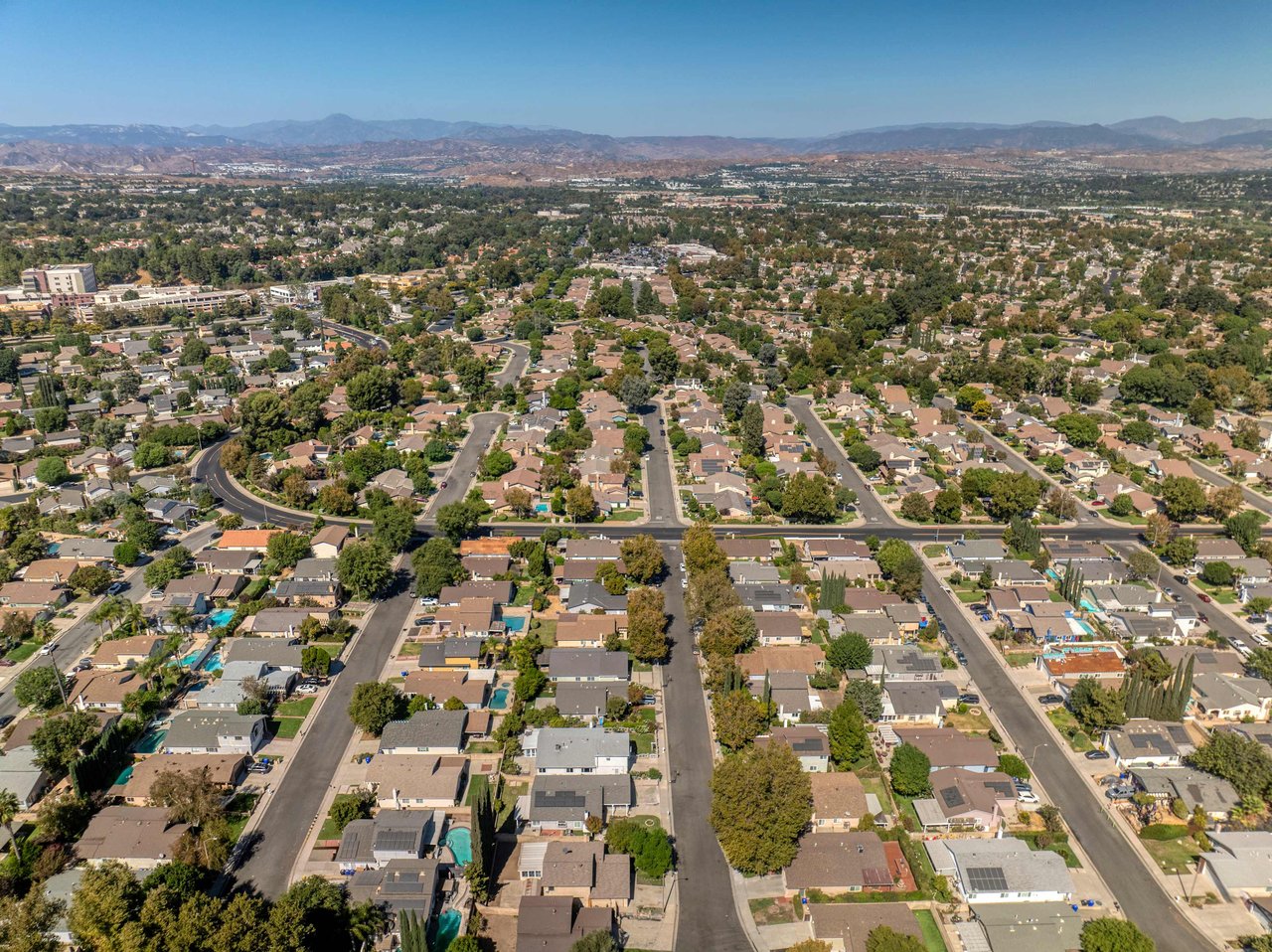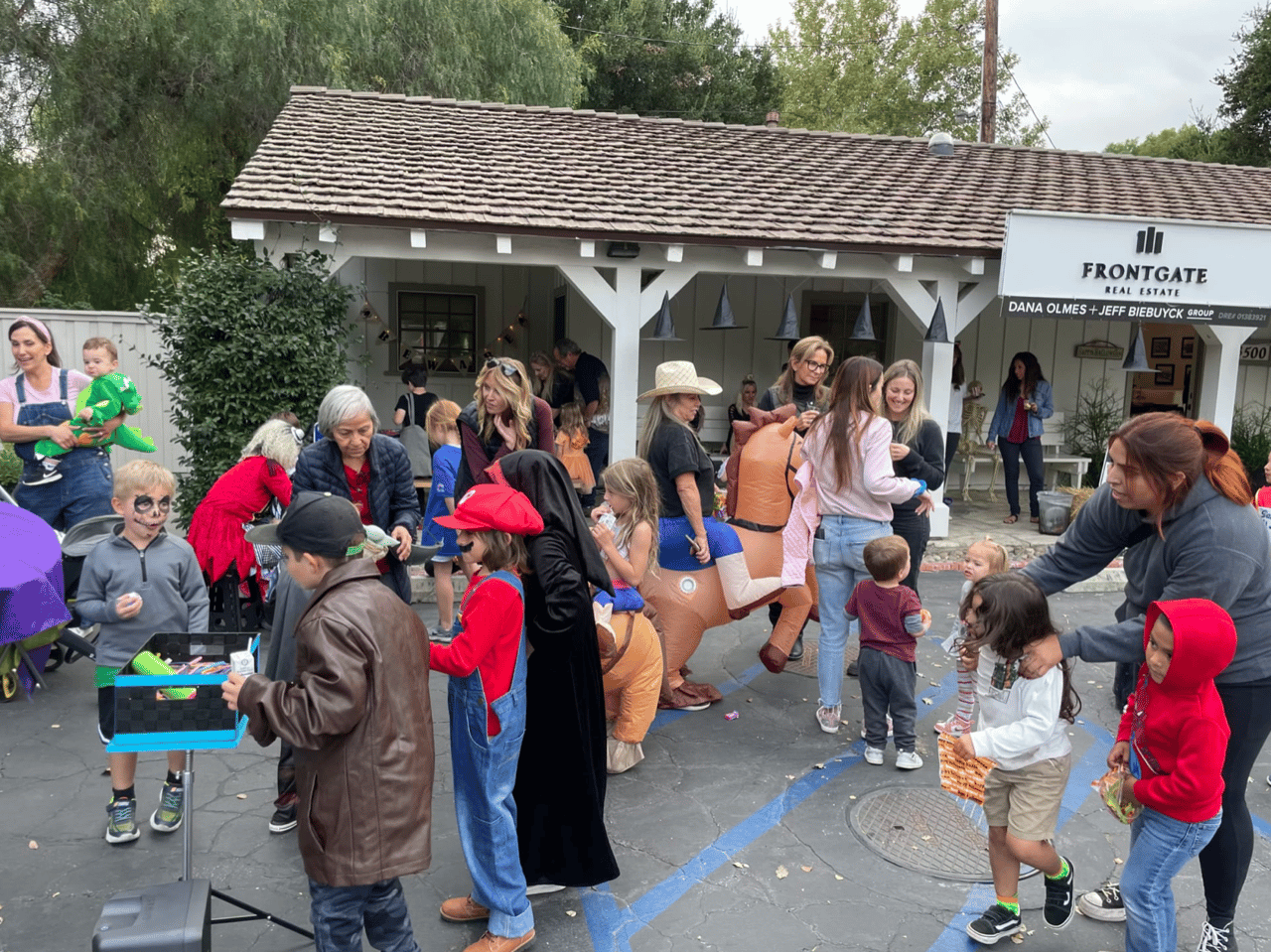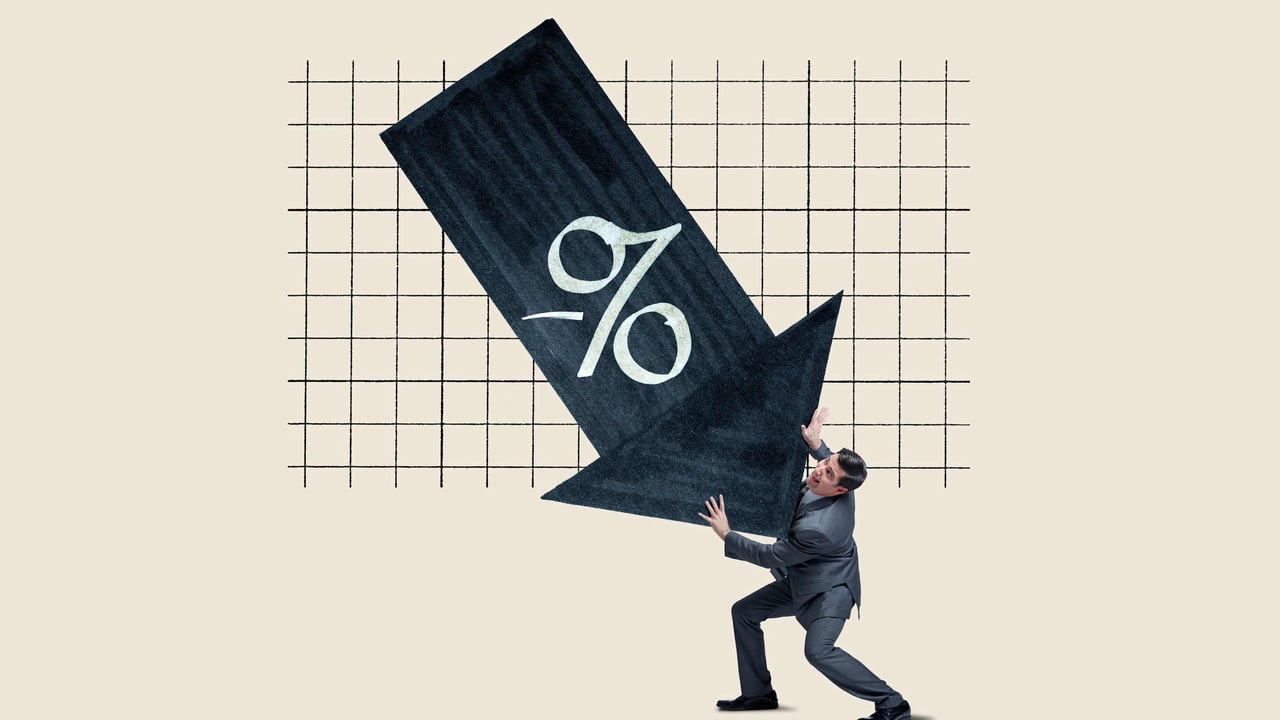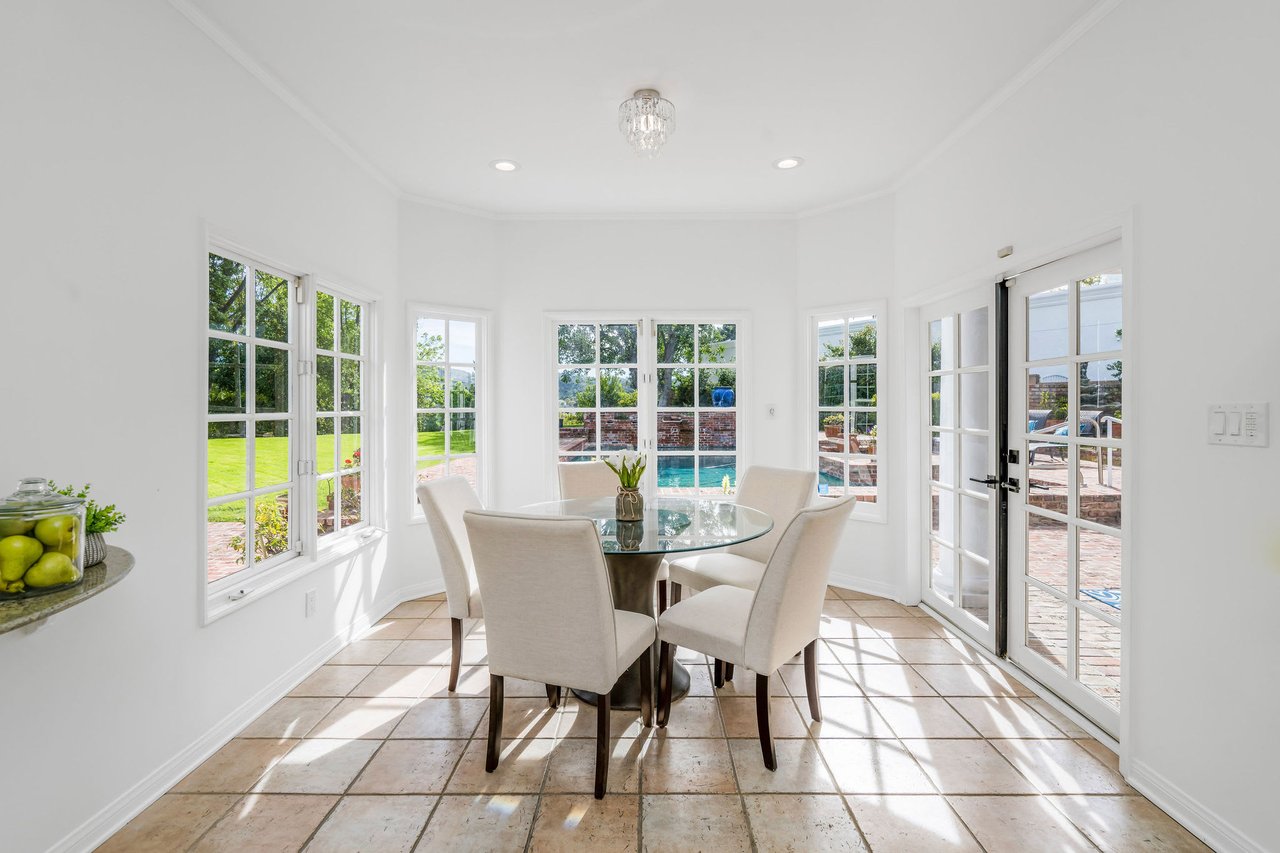Paulo Coelho, a Brazilian novelist, once said, "If you're brave enough to say goodbye, life will reward you with a new hello." It has been recorded that millions of Americans move every year into a new zip code, city, or even state. No matter how happy and comfortable you are in your current homes, there is always this lingering thought of moving to a place with nicer climates or even a lower mortgage payment. It is natural human behavior to always get our money's worth and stretch our dollar as far as we can. This begs the question… with so many people moving, where are they going? What are the factors as to why people move to a specific location? The answers vary as trends are just mere trends. It changes, it evolves, and it deviates from the norm.
Are you seeking to leave your comfort zone and embrace a significant change? Are you one of those people who hop on the latest relocation trend? Or are you someone who wants a fresh start? If any of these resonate, this blog is for you. Know the current trends and the key factors that will help you decide.
What States are People Heading to?
First up, where are Americans moving? Here are the top cities and states for 2022 movers.
According to the most recent U.S. Census Report, there has been a population shift from North to South (colder to a warmer climate) to East to South (various factors). As a result, these regions have seen the most significant growth rates since 2010.
- Utah – population +18.37%
- Idaho – population +17.32%
- Texas – population +15.91%
- North Dakota – population +15.83%
- Nevada – population +14.96%
- Colorado – population +14.8%
- Washington – population +14.58%
- Florida – population +14.56%
- Arizona – population +11.88%
- South Carolina – population +10.66%
In addition, only three states have decreased in population: Illinois, Mississippi, and West Virginia. This is comparing 2010 to the 2020 U.S. Census. In particular, West Virginia had the greatest decrease, with 3.2% of the residents lost, primarily to migration.
Top 25 U.S. Cities with a Spike in Residents
Data on states should not be the only basis to answer the question. We ought to look at the cities within these areas and regions to determine the trends for moving. Here are the 25 U.S. cities that have spiked in new residents:
- Sarasota, Florida
- Fort Myers, Florida
- Naples, Florida
- Lakeland, Florida
- Ocala, Florida
- Daytona Beach, Florida
- Port St. Lucie, Florida
- Orlando, Florida
- Melbourne, Florida
- Tampa, Florida
- Jacksonville, Florida
- Charlotte, North Carolina
- Raleigh and Durham, North Carolina
- Spartanburg, South Carolina
- Myrtle Beach, South Carolina
- Charleston, South Carolina
- Fayetteville, Arkansas
- Phoenix, Arizona
- Fort Collins, Colorado
- Boise, Idaho
- Salisbury, Maryland
- Las Vegas, Nevada
- Eugene, Oregon
- Nashville, Tennessee
- Austin, Texas
11 out of the 25 cities are from Florida. The influx of people is due to the nice weather and a lack of income tax. Furthermore, retirees other move or stay within Florida due to these reasons. So now, why are these states and cities emerging in population? What are the primary considerations and factors people look for in finding a place to relocate?
Top Factors on Why People Move
According to a nationwide Bankrate/YouGov survey, the primary reasons behind recent moves include:
- Relocating to be Nearer to Family and Friends
- Looking for a More Inexpensive Place to Call Home
- Desire for Additional Space
- Warmer Climate
- Making the Most of Working from Home
It goes without saying that everyone moves for very personal reasons. But examining the reasons behind people's relocation also reveals some information on the reasons behind their migration. And if one of these causes is the main reason you want to move, looking at where others have gone in the past may help you narrow down your options.
To save you the time and effort in analyzing each factor, here are details on the factors being considered and connecting them to the trends to where people are moving to in 2022.
- Relocating to be Nearer to Family and Friends
According to survey results, even individuals who moved to a new zip code last year tended to stay close to home. In fact, four of the top five cities with the most move-outs saw most people relocate within just 30 miles when comparing the cities they left to those they relocated to.
It is a natural response to stay close to what and who you know. Just 15% of the more than 32 million movements made in the U.S. in 2019 crossed state boundaries, suggesting that most movers stuck to at least reasonably familiar areas. The pandemic may have intensified this urge for closeness, making it even more crucial to limit your circle to those who know you best—one of the few, if not the only bright spot, the pandemic caused.
- Looking for a More Inexpensive Place to Call Home
A survey conducted by Realtor.com revealed that consumers were moving to regions with a lower cost of living based on average property price data. Undoubtedly, the staggeringly high housing cost in America's major cities and the unemployment rates brought on by pandemics are at least somewhat to blame. But, additionally, it stands to reason that if individuals are relocating anyhow, they would demand more for their money.
Many states and localities included in the rankings of where people are moving generally have lower living costs. Consider the example of Boise, Idaho, which is #14 on the list of cities seeing a population boom, while Idaho itself is #2 on the list of popular states where movers head to. Boise is a city with a strong tech scene and plenty of adjacent natural beauty, yet its cost of living is only slightly higher than the national average. Of course, average property prices rise along with population growth. Still, if you're leaving a major city with significantly higher than the average home and rental costs, it makes sense that you'd want to move somewhere where your money will go further.
- Desire for Additional Space
Small towns and suburbs are not the only or even take up most of the trending moved regions. However, they typically are smaller cities or the metropolitan areas surrounding cities. And it's easy to see why, as these neighborhoods frequently provide many advantages of living in a city and significant advantages like yards, home offices, and more storage space. More room is a major perk after a couple of years in which more Americans than ever worked and went to school from home, especially if you don't have to give up convenience to acquire it.
- Warmer Climate
Many individuals want to relocate to areas where the grass is constantly greener. In 2021, individuals moved for various reasons, including improved weather and a desire to escape areas where climate change hurts the environment. Although the surge in relocating to states in the South and West of the U.S. suggests that many movers may favor leaving frigid climes for milder temperatures, better weather doesn't imply the same thing for everyone.
- Making the Most of Working from Home
The pandemic's role as a significant mover of trends over the past two years and currently is impossible to ignore. And without question, one of its most noticeable effects has been the significant shift toward remote work for a sizable segment of the American workforce. Forty percent of workers anticipate continuing to work partially or entirely remote after the epidemic, which means that many people are no longer confined to their jobs and are free to relocate anywhere they choose.
Working remotely allows you to live somewhere more reasonably priced and with more of your preferred amenities. This has been as good a reason as any for many movers to pick up and move, and they are probably a driving force behind some of the other moving trend considerations mentioned above.
Other Factors
Aside from these obvious and significant factors, the others provide insight into the what's, where's, when's, how's, and why's of the movers' decisions. Here are some examples:
- Unpredictable Housing Market
Even if you haven't personally invested in real estate, you've undoubtedly heard about the year 2021's inventory shortage, price increases, and intense competition for properties. So what will change in 2022? We anticipate more inventory and a softening of the seller's market. However, interest rates are expected to increase once more, reducing competition (or may not, depending on the ongoing demand rate).
- Increasing Rent Costs
Not just housing costs have increased recently. Many people have been compelled to move even though they may not have wanted to since rent in certain areas has increased by as much as 30% in the last year. Regrettably, rent freeze and eviction moratorium restrictions are no longer in effect, and rents are only anticipated to rise in several significant markets in 2022. In terms of housing, it's a worrying trend that will inevitably result in more relocations.
- Temporary Relocation
Even if they're not relocating very far, many people, as we already know, are searching for a change of scenery when they relocate. We also know that renters and homeowners now have much more freedom in choosing where to live because of remote employment opportunities. However, neither of these circumstances necessitates long-term relocations; on the contrary, the number of temporary changes of address requests sent to the USPS (United States Postal Service) has reportedly increased. You wouldn't be the only person to do so this year if you've ever wanted to test out living somewhere else, even for a brief period.
- Moving Incentives
Certain cities are more well-liked than ever, thanks to incentives like free college tuition for locals. Some locations even pay people to relocate, while others provide tax cuts and other benefits to attract new residents. Although towns and cities don't usually pay individuals to move there, for those considering relocating, it might be a deciding factor in choosing one location over another.
How to Figure Where to Go?
Do you already have an ideal place to live? If not, here are several questions you may ask yourself to determine what areas would be a good fit for you.
- Do you want to reside in a well-known area?
The trending places where people move to inform us a lot about which states, cities, and overall geographic areas are hot right now. However, if you're one of those people who want to live off the beaten road, looking for areas with less of a boom may be the best course of action.
- What kind of weather do you prefer?
Whether you prefer arid deserts, balmy beaches, or icy mountains, the United States has a climate to suit you. So as you narrow down your possibilities, keep in mind that moving somewhere with your desired climate could improve your quality of life and satisfaction with your living condition.
- What budget do you have in mind?
The average cost of living varies across the country, much like the climates do. Therefore, before settling on a new location, consider the realistic upper end of your budget and consider housing/rental costs, property taxes, and other pertinent cost aspects.
- How significant is walking distance to you?
While some movers can't stand the idea of living somewhere where they'd need a car to get to the store for their morning coffee, others can't stand the seclusion and space that suburban, mountain, and country life affords. Determine your point of view and whether walkability is a necessity or merely a great luxury that you don't need.
- Do you seek out culture?
Everywhere you travel will have a unique culture. But there will be a wide range in what that culture involves. If being close to the arts is essential to you, consider that when deciding where to relocate. The same is true for other significant advantages, like a robust library and educational system, lots of open space and parks, or a long and illustrious past.
- Do you have family members nearby?
Family friendliness differs based on where you go. If you're moving with young children, think about the neighborhood vibes, schools, and, if it matters to you, the general sense of community.
Frontgate's Concierge Service for You
As part of our concierge-level service, we can often refer our clients to the best agent that fits your needs. Are you thinking of moving to a new state? If so, you'll want to take advantage of Frontgate's Concierge Service. We will connect you with the best real estate agent for your needs.
Are you thinking about relocating from California? If so, you'll want to consult with the experts at Frontgate. We have a nationwide network of top real estate agents who can help you find the perfect home in any location you choose. So contact us today, and let's get started!













